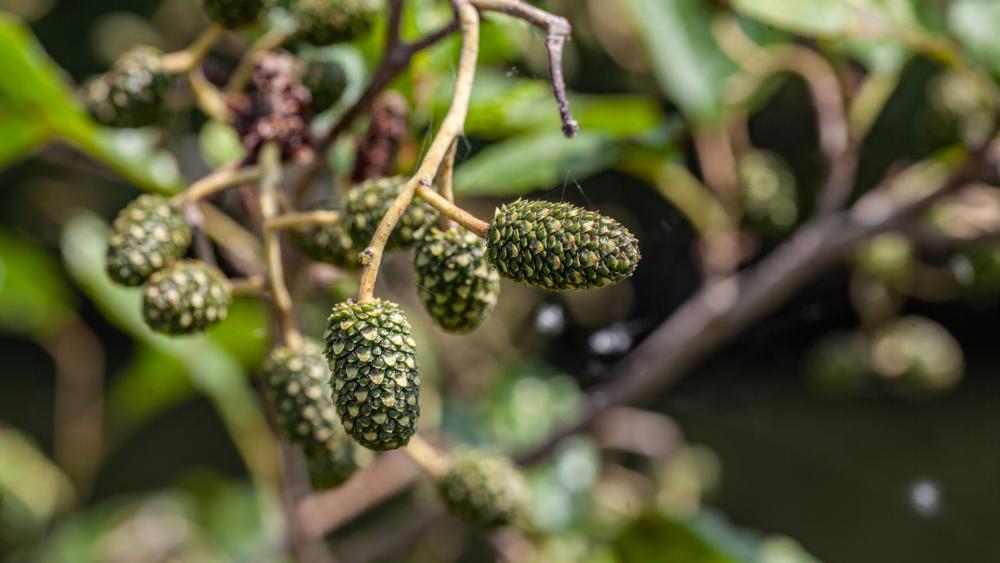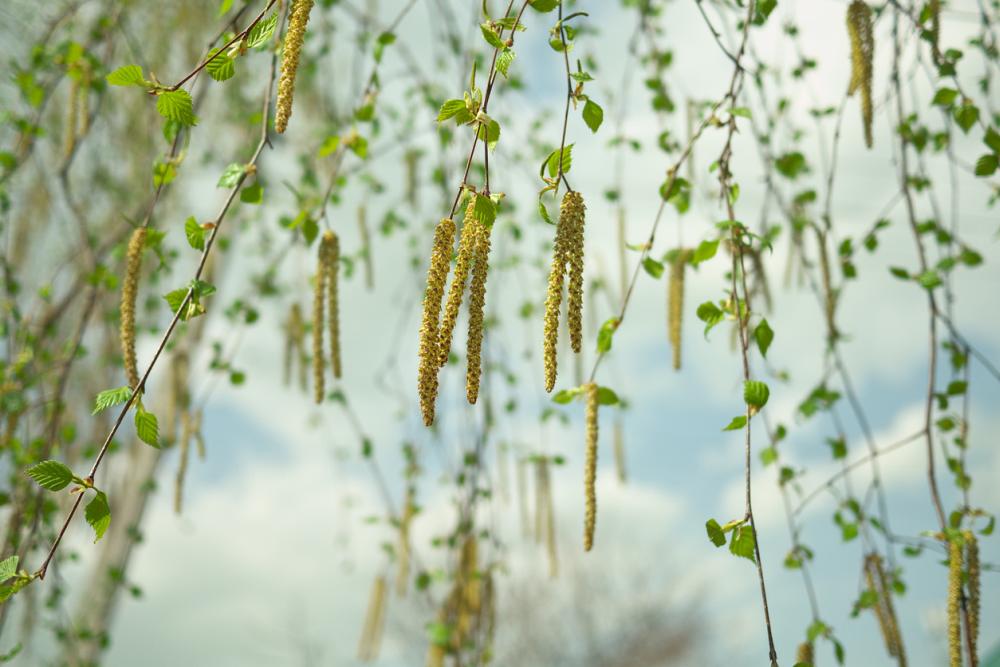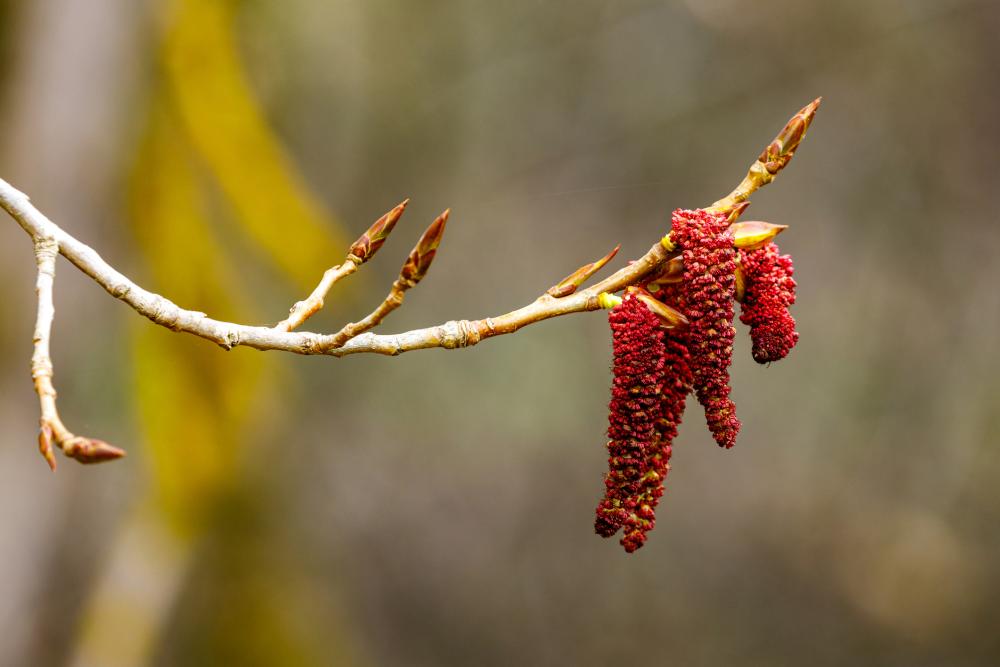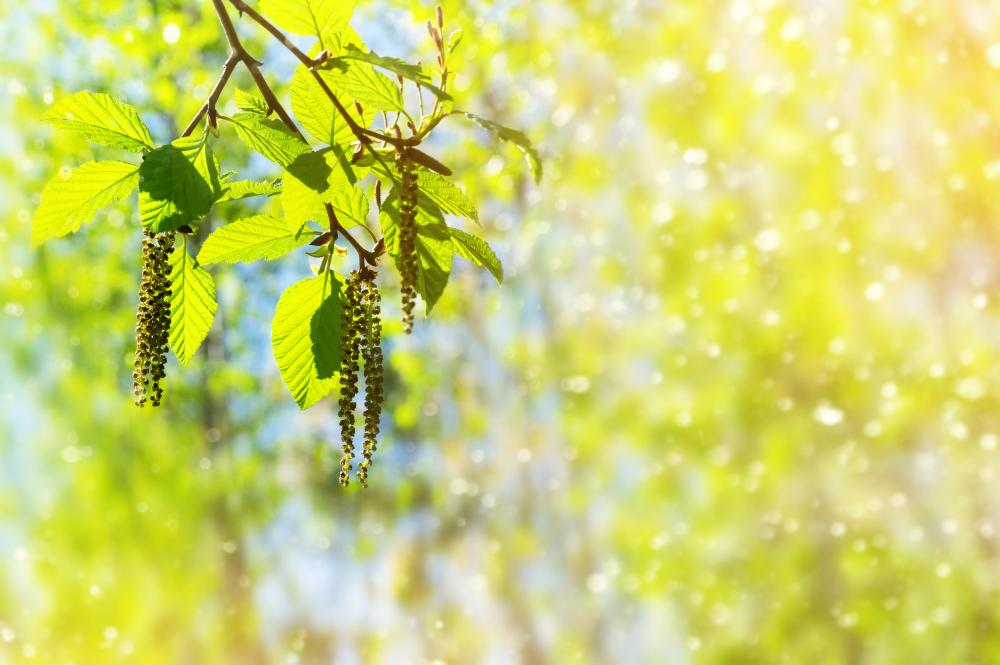9 Alder Tree Varieties That Are Perfect For Your Garden
With over 35 species, the options alder tree varieties offer are more than many other trees. Especially considering that many of these varieties are readily available and will grow in different zones and soil types with problems.
Even non-native species of the alder tree have adapted well to the soil and climate of North America. Moreover, the tree grows well in poor soil and wet patches where fewer trees would survive. Not to mention that with so many varieties, you won’t have a problem finding the right alder for your specific landscaping needs.
In fact, in many cases, the real problem is choosing one of the many alder tree varieties. While some varieties can reach 80 feet easily, others are more down-to-earth in more ways than one. The following list covers some of the more common alder tree varieties and what each species is good for.
Red Alder
The red alder (Alnus rubra) is a native to the Pacific Northwest from Alaska to Montana. It is one of the largest alder species that grows in the wild. On average, the red alder could tower well over 80 feet. It grows well in cooler zones between 4 and 7. Despite that, the tree requires full sun to thrive and avoid many of the diseases that plague the species.
The bark of the tree comes in different shades of grey, white, and brown and turns dark as the tree ages. As for the leaves, they’re light green and broad. They also tend to curl under around the edges, which is one way to distinguish this giant alder from other species.
The wood of the red alder comes in different shades and is easy to cut and work with. It’s not surprising then that big guitar manufacturing brands such as Fender use red alder wood to make their acoustic guitars.
The wood also is soft and has great finishing abilities, which make it ideal for tool hands. And since it’s odorless, it goes into many house applications.
Black Alder
The black alder (Alnus glutinosa) is a member of the Betulaceae family and is native to Europe and North Africa. It grows well in moist and damp climates where the soil is constantly wet. It gets its name from the dark resin that flows out of the fissures of the bark as the tree gets old.
As one of the giant alders, the black alder grows to up to 100 feet in the right conditions. In the wild, it grows near river banks where the soil is moist all the time. The black alder has dark green leaves which stay on the tree for long months and are only shed toward the end of the fall season.
The wood of the black alder is usually white when freshly cut. But it soon turns dark red, and different knots form on the surface. This is why it is only used to make paper and coal. But because it has high resistance to water rot, the wood goes into underwater construction work and foundations.
The black alder has a high tolerance for partial shade, although it favors full sun. It grows well in zones 3 to 7.
Seaside Alder
One of the smaller alders, the seaside alder (Alnus maritima) grows only to about 30 feet on a good day. As the name implies, this alder grows in moist soil and can be found in the swamps of Georgia, Maryland, Delaware, and Oklahoma.
The bark of this small tree has distinct red or brown hues with many spots which go well with its charming yellow flowers. In the wild, the tree is a favorite place for nesting birds, and since it does well in both partial shade and full sun, it attracts different bird species.
You can grow the seaside alder in zones 4 to 7 as long as you have the right soil for it. The ideal spot for this alder is near a pond, lake, or water stream. Dry soil can have dramatic effects on the tree, and if it doesn’t get enough moisture, the tree will perish soon enough.
The leaves of the alder are rather small and have dark green colors. In the fall, the leaves turn yellow before they drop in contrast with other alder leaves that stay green until the fall. The edges of the leaves are fine-toothed, so that’s another way to identify the species.
White Alder
The white alder (Alnus rhombifolia) is also known as Siera alder and California alder. Native to the western regions of North America, it grows widely in Oregon and California. It has thin leaves as opposed to the broad leaves of the red alder. But other than that, both species have many similarities in terms of growing conditions and hardiness zones.
The white alder grows to about 50 feet, although sometimes it will peak at 30 feet or thereabout. It thrives in zones 8 to 11 and rewards you with fragrant white flowers and lush green leaves. The leaves have fine teeth along the edges, and they’re short and squat compared to other alder species.
Commercially, the white alder is grown for its wood. The wood is cinnamon-brown and goes into many industries. Native Americans used the bark and the wood in their traditional medicine and burned the white alder wood in their rituals.
As for the bark, it’s usually white, especially with young trees. That’s where the tree gets its name. But as it gets older, the bark turns gray. Plant the white alder in a wet patch in your garden or lawn, and it will thrive there.
Italian Alder
The Italian alder (Alnus cordata) is a member of the birch family. A native of Italy and France, the tree grows to 30 to 50 feet and offers many ornamental values. Besides its round canopy and symmetrical shape, the Italian alder also has attractive heart-shaped leaves.
The leaves also have even edges around the base, but the tips are usually serrated. In addition, the glossy leaves shimmer in the sunlight and reflect all colors of the rainbow. So, all in all, it’s ideal alder to grow in a small space where it becomes the focal point in your lawn or garden.
The Italian alder is also famous for its colorful catkins and fruits. The catkins grow to about 5 inches long and start as green but soon turn red or pink. As for the bark, it’s smooth and grayish-green all over. The bark maintains its perfect look even as the tree ages.
The wood of the Italian alder doesn’t match its good looks and is usually used in making cabinets, frames, and building foundations.
Mexican Alder
The Mexican alder (Alnus jorullensis) is native to Mexico, Honduras, and Guatemala, among other Central America regions. Although it comes in many types between shrubs and trees, it can grow to 80 feet.
The wood of the Mexican alder has low value commercially, so the tree is mainly grown for its ornamental qualities. One of these qualities is the lush green leaves. Unlike other alder varieties, the Mexican alder is evergreen and maintains its good looks all year round.
One drawback about this alder is its robust root system. Its destructive growth breaks curbsides and uproots fences. So don’t plant it near underground pipes or next to walls and buildings. In general, you should keep a safe distance between 10 to 15 feet between the tree and any structure. That aggressive rootball can also strangle other trees in the vicinity as well as bushes and deep-rooted plants.
The Mexican alder grows well in warm zones between 7 and 12. It favors the full sun and thrives in high humidity. The tree might struggle during the dry, hot days of the summer and would require regular watering.
Japanese Alder
The Japanese alder (Alnus japonica) is native to the eastern fringes of Asia, mainly in Korea, Japan, and Eastern China. It grows well in zones 5 to 7 and requires full sun to thrive. The tree itself is rather small, averaging about 25 feet high. Some varieties can reach 40 feet tall, but that’s rare.
The compact size of the tree makes it ideal for small spaces. The tree has large leaves compared to its relative size. The oval-shaped leaves will grow to about 10 inches each and are deeply veined. The edges are smooth, and the leaves maintain a matte green color throughout.
The gray trunk of the Japanese alder cracks at a young age, and the fissures grow deeper as the tree matures. But that doesn’t take away from the lush canopy and ornamental leaves.
In the right climate, the tree will keep its foliage all year round. But in most cases, the leaves will turn yellow and drop in the fall every year.
The wood of the Japanese alder has no commercial use, and if you cut one, you can simply store it in firewood racks for the winter. The wood burns smoothly and has a fine blue glow as the fire subsides.
Nepalese Alder
A native of the Himalayas, the Nepalese alder (Alnus nepalensis) is a giant tree with fine quality wood and many ornamental values to boot. In its native habitat, the tree grows in the subtropical regions of China, Bhutan, and Nepal.
Growing to about 100 feet, it thrives in volcanic and rich soil, so growing it in the garden can be challenging. And because of its massive height, the tree doesn’t do well in sandy or gravelly soil. Another challenge has to do with the soil having to be moist at all times. This is something that the Nepalese alder shares with other alders like the seaside and black species.
The tree is deciduous and has a strikingly beautiful bark with silver-gray streaks. And with a vast canopy that stretches about three times the height of the tree, this is one giant alder that needs a lot of space to grow and flourish.
The leaves are long and broad, which fits a tree this size. In the fall, the flowers (catkins) grow in both sexes on the same tree. The Nepalese alder has soft wood that makes good charcoal but has no other industrial uses.
Oriental Alder
The oriental alder (Alnus orientalis) is a medium-sized tree that grows between 30 to 50 feet high. It thrives in warm climates as long as the humidity is not too high. You can safely grow the oriental alder in zones 7 to 9 as long as you provide it with 8 hours of sunlight during the growing season.
The heart-shaped leaves are bright green and have serrated edges. And despite its name, the oriental alder is native to the Eastern Mediterranean regions rather than the Far East. You can grow it as a shade tree as it has faster growth rates than other alder species.



